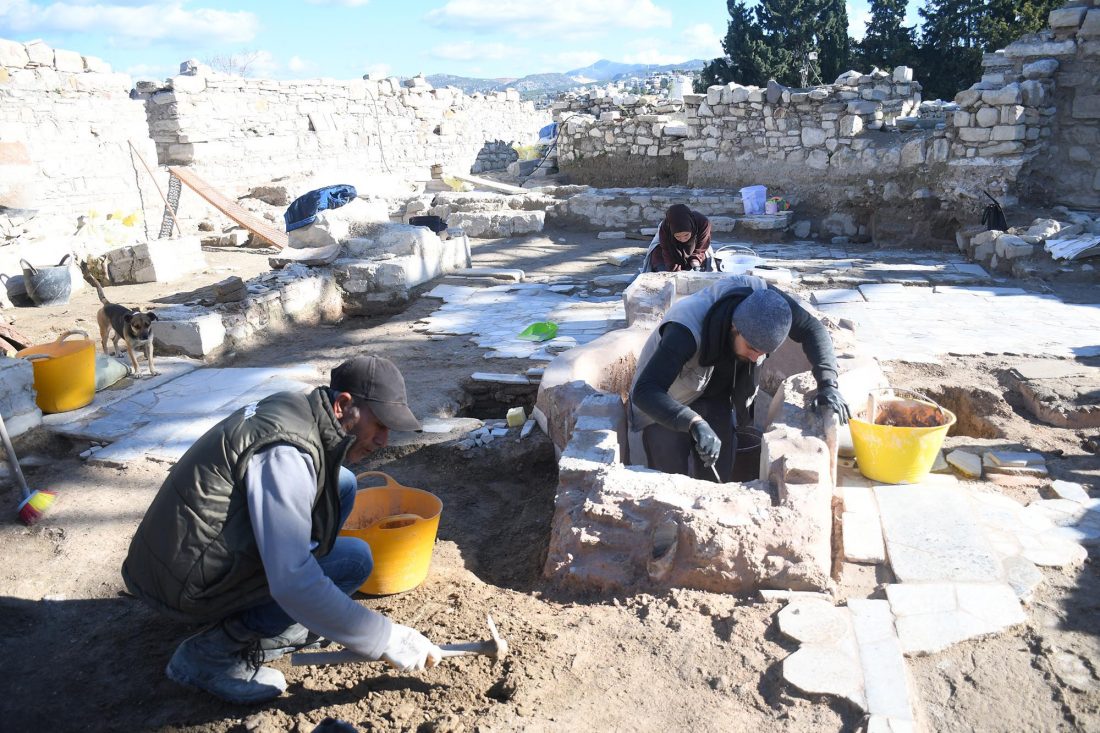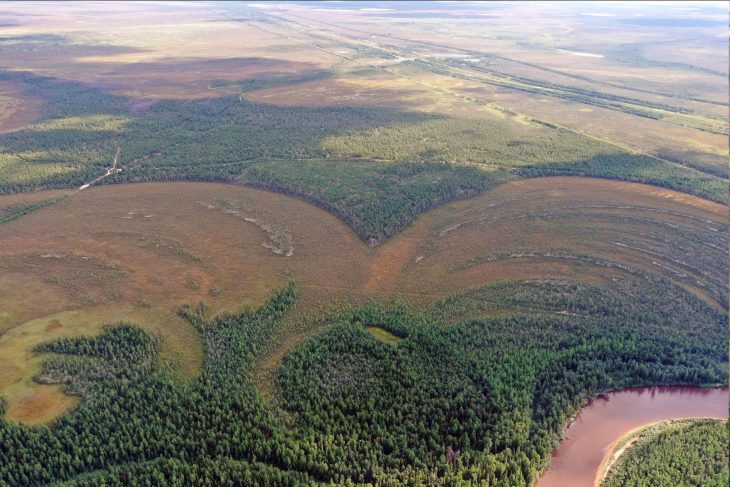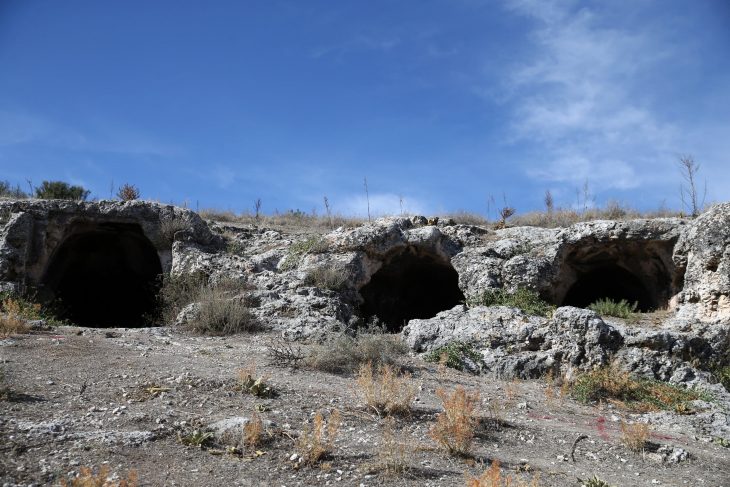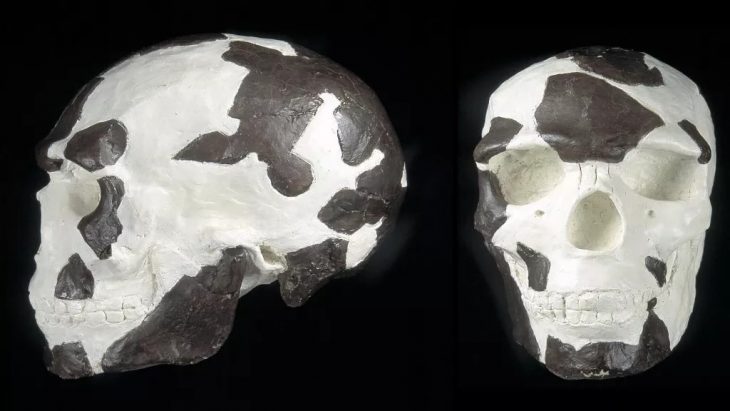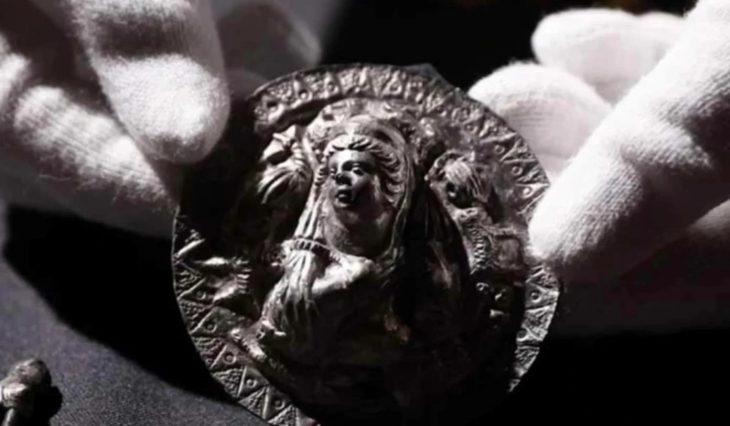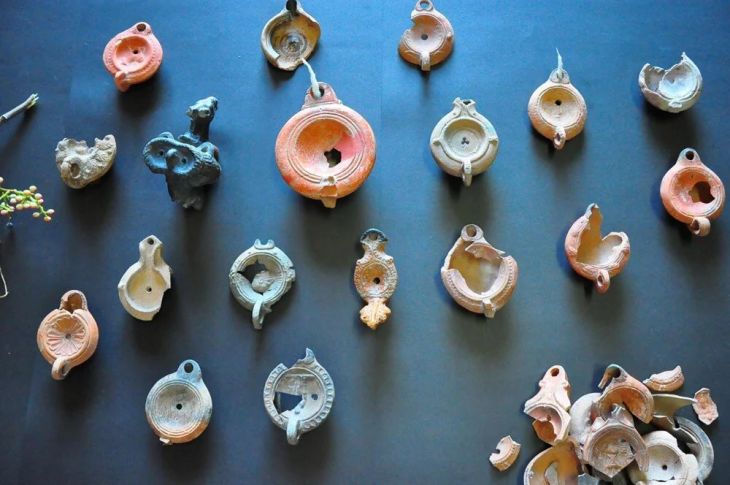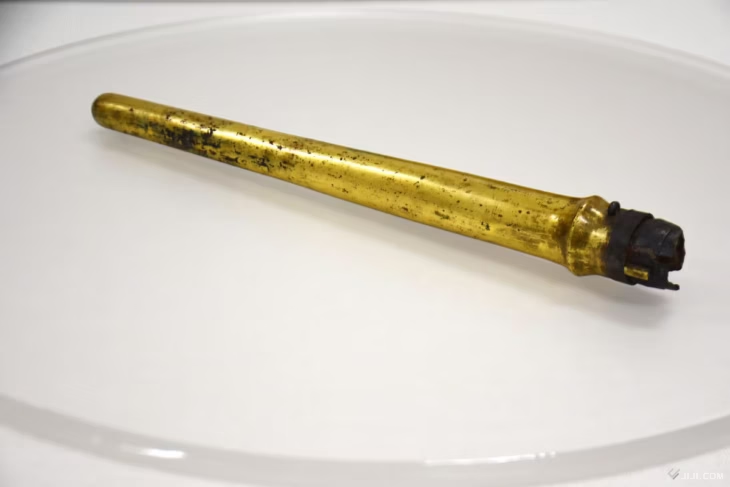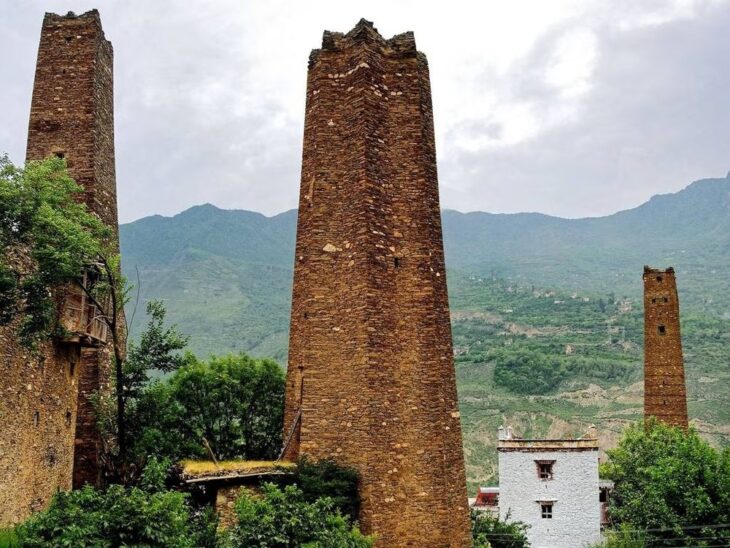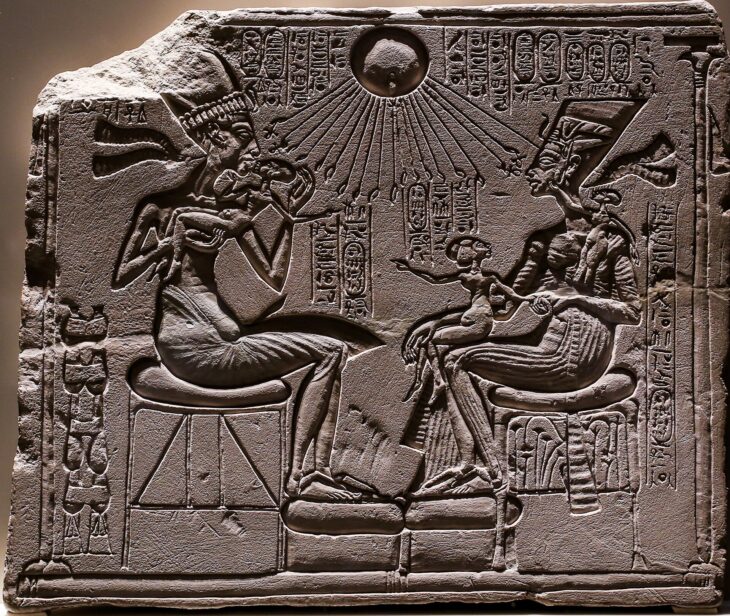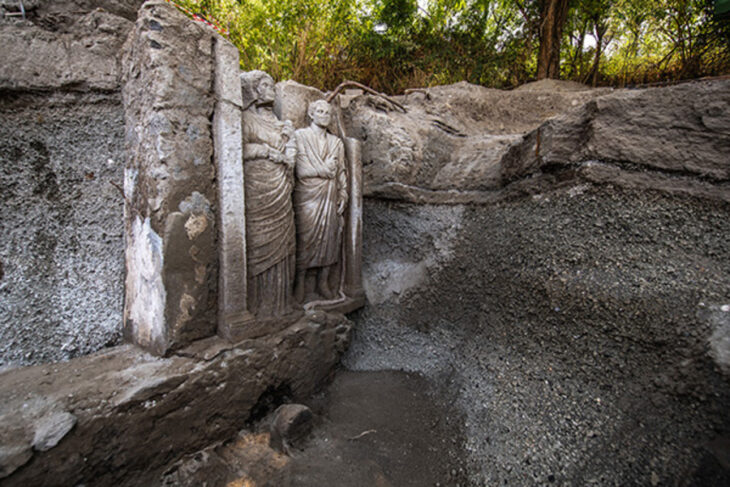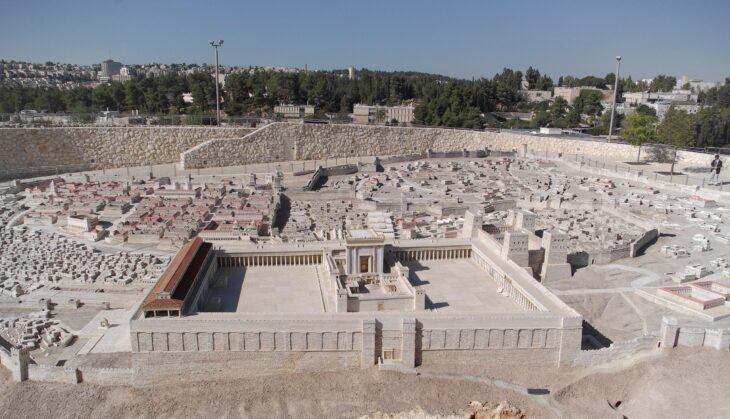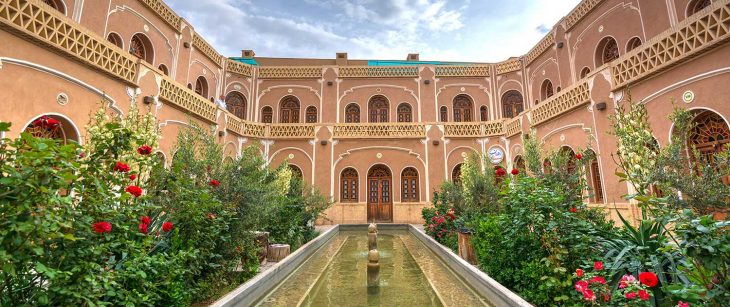A baptistery, estimated to have been built in the 5th century AD, was unearthed in the Kadı Castle-Anaia Mound in Aydın’s Kuşadası district.
About the baptistery unearthed in the western corner of the Anaia Church, one of the largest churches in Western Anatolia, located in the Kadı Castle neighborhood of Kuşadası, Honorary Chairman of the Kadı Castle-Anaia Mound Excavation Prof. Dr. Zeynep Mercangöz told DHA reporter, “Archaeological excavations are full of surprises. Anaia Mound also contains many surprises. We came across an early baptistery in an area we opened by chance. The peculiarity of the baptistery is that it is much more magnificent than its counterparts. This baptistery is a very important piece of data for its period.”
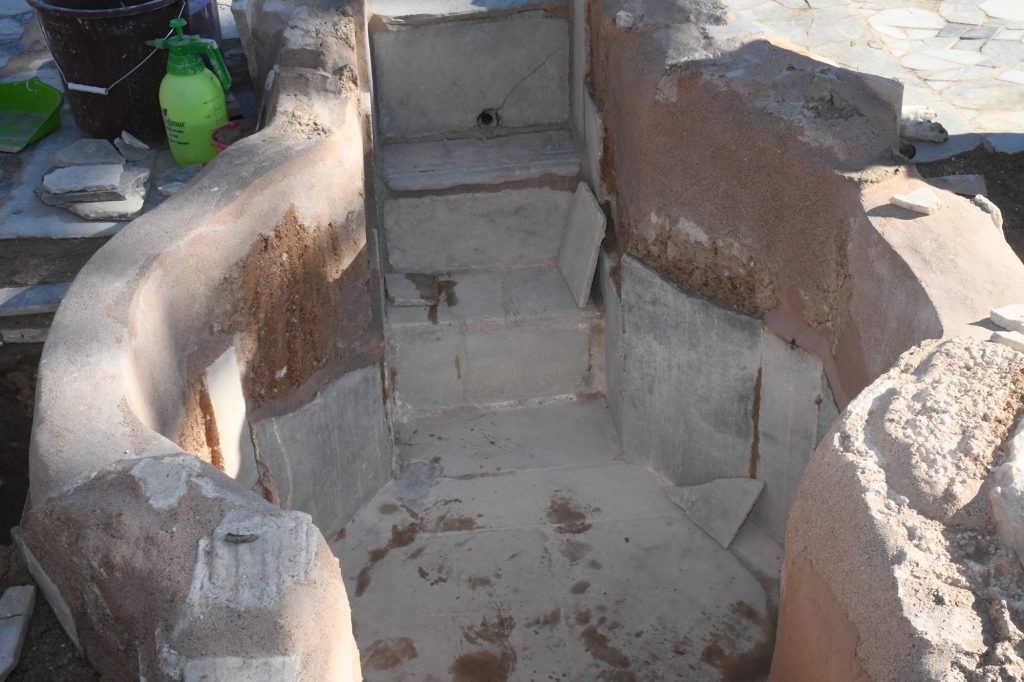
Inside the Byzantine-era structure, there is a three-unit octagonal baptismal pool and opus sectile floor coverings. Excavation and conservation work continues in the baptistery, located in the western corner of the Anaia Church, one of the most important examples of Byzantine architecture, which is considered one of the largest churches in Western Anatolia.
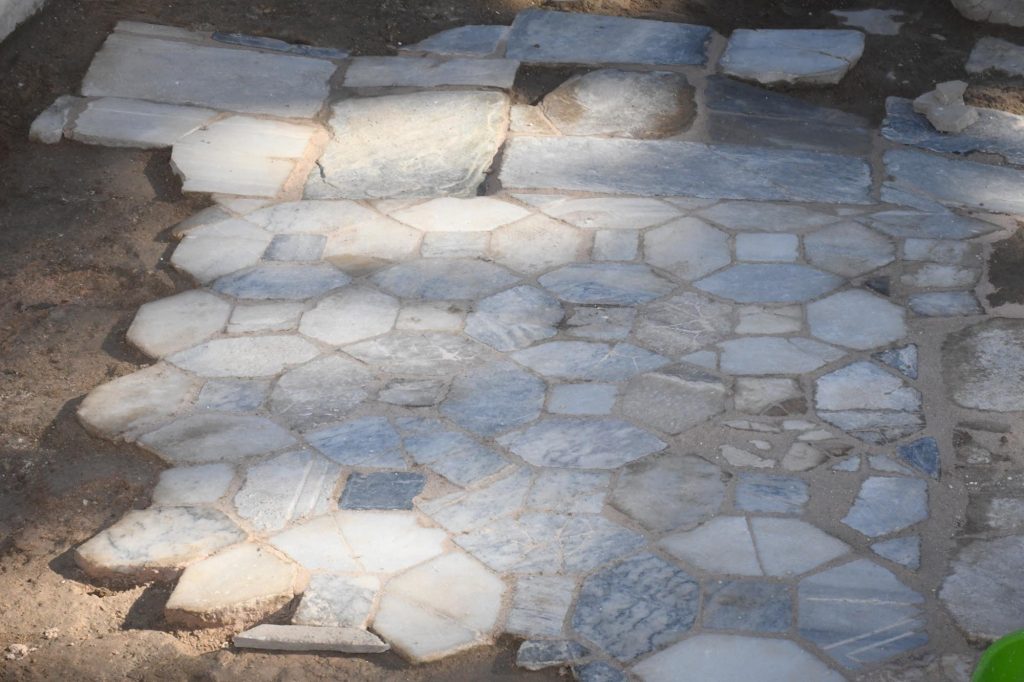
Kadı Castle-Anaia Mound is a settlement dating back to the 4th millennium BC
Provincial Culture and Tourism Director Assoc. Dr. Umut Tuncer said, “Kuşadası is an important center for tourism in Turkey. We continue our work without slowing down to strengthen cultural tourism in Kuşadası. In this sense, Kadı Castle – Anaia Mound offers us great potential. It has a long history dating back to the 4th millennium BC and the early days of the Republic. A very important structure was recently found. A 5th-century baptistery has been discovered. Work in this area is currently ongoing. The baptistery is also very important in preserving its structural integrity. It also has offers a great visual richness. Kadı Castle is a very special place where you can find a church, two baptisteries, and a prayer place on 3 acres of land.
Kadı Castle- Anaia Mound excavations are supported by the Turkish Historical Society.
📣 Our WhatsApp channel is now LIVE! Stay up-to-date with the latest news and updates, just click here to follow us on WhatsApp and never miss a thing!!

